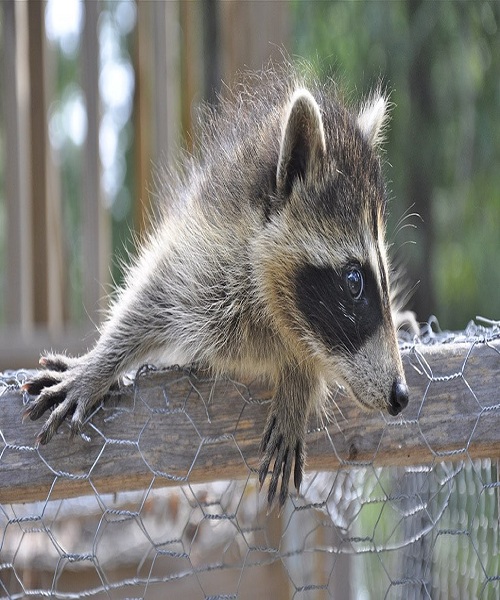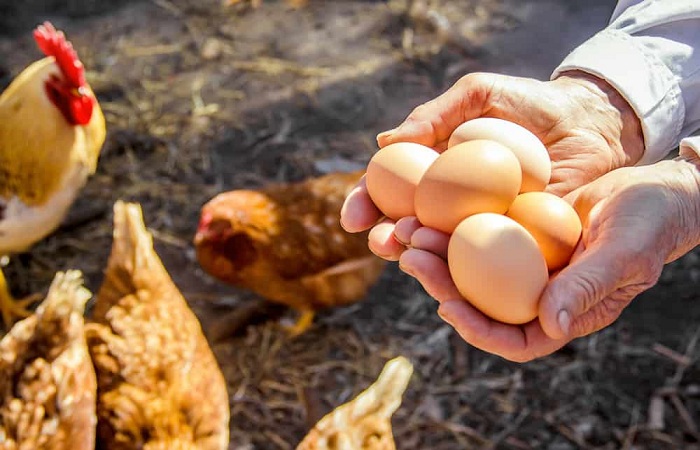At this time of year, it’s not uncommon for hens to lay as few as two eggs each week, or none at all if you’re particularly unlucky.
Reproduction in chickens is controlled by their internal biological clocks, just as it is in all other animals.
Several physiological factors lead hens to stop laying eggs in the fall.
In this article, we will discuss the factors that result in a drop in egg production in hens, followed by strategies for increasing egg production.
Select healthy chicken breeds
Picking the proper breeds of chickens at the outset is the first step in guaranteeing a steady supply of eggs from your flock.
There are many different breeds of chicken, each with its own set of quirks and advantages. In contrast to the champion varieties that lay an egg every day, the average egg production of other breeds is so low that they are rarely kept as pets.
Some breeds are also prone to become broody, which means they will attempt to hatch the eggs they lay. Hens stop laying eggs for as long as a few months while they’re broody.
List of the best egg-laying chicken breeds:
- Leghorn
- RED
- Australorp
- Red Rhode
- Comet’s Gold
- Plymouth
- Sussex
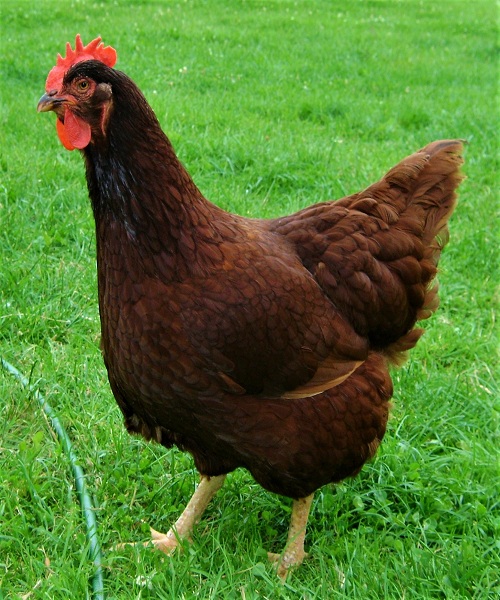
Assist them throughout the molting process
The fall season is when a molt occurs for most chickens.
When a chicken molts, she sheds her old feathers and begins to grow new ones. To grow new feathers, your chickens will need to go through a process known as molting, which can be uncomfortable and draining for them.
During the time that a chicken is molting, she will not lay eggs. Instead of focusing on egg production, the body is now allocating resources toward feather development.
It’s upsetting when your hens stop laying eggs because they’re molting, but the best thing you can do is make sure they’re as comfortable and healthy as possible while they’re going through it.
If you provide your chickens a place to roll around in the dirt, they’ll be able to quickly get rid of their old feathers.
To get the chickens back to laying as soon as possible after a molt, it is important to ensure they have access to a sufficient amount of protein.
To increase the amount of protein in your flock’s diet, you may either switch to a chicken feed that is higher in protein or add in treats that are higher in protein.
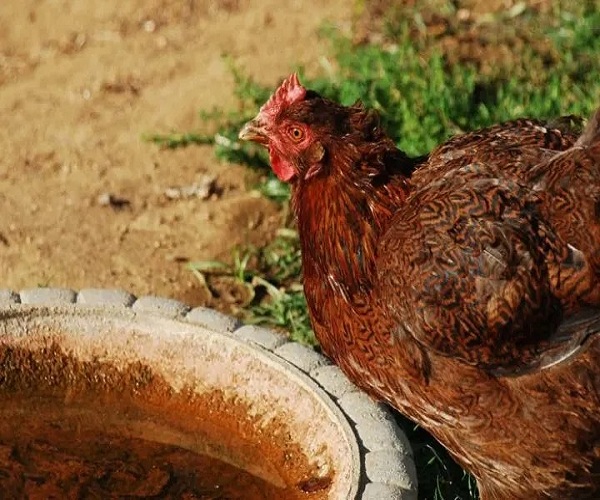
Make sure the coop has enough lighting
Daylight has a direct effect on the laying cycle of chickens. When there are 14 or more daylight hours per day, hens tend to lay eggs regularly. Egg output from chickens drops precipitously as the days become shorter and winter approaches.
If you want to prevent this from happening, you could install some extra lights in the chicken coop. More eggs will be produced by your chickens all through the colder months.
However, there are drawbacks to this. When a hen lays her final egg, that’s it; she can’t produce anymore. The chickens’ egg supplies will be depleted faster in the winter if additional light is provided, and they will lay for a shorter period of time.
Many hen owners also feel that hens should be given a winter break from laying eggs since this promotes healthier and more contented chickens that are better able to follow their internal biological clocks.
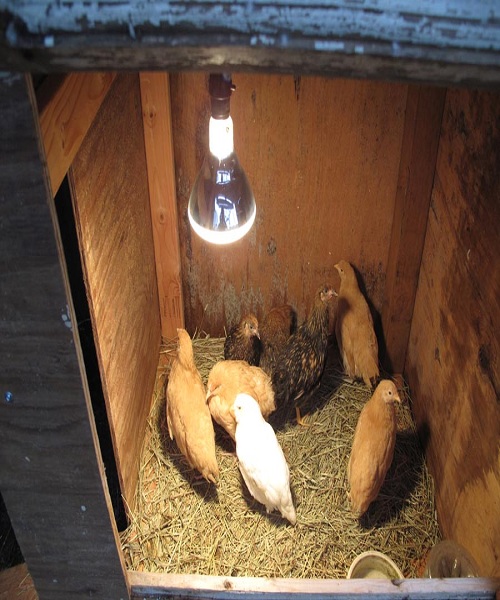
Handle brooding hens
If you have chickens that frequently go broody, you’ll be missing out on a lot of eggs because of this.
Chickens who are actively trying to hatch their eggs are said to be “broody.” Over twenty hours a day, they will spend sitting on the nest and incubating the eggs. During the period when they are broody, chickens stop laying eggs, and if they are successful in hatching chicks, they won’t start laying again until the chicks are fully grown.
There are hens that go broody multiple times a year, and during those periods you won’t get any eggs from them.
More eggs will be produced by your hens if you don’t introduce these breeds to your flock.
Most broody chicken breeds include:
- Silkie
- Chentecler
- Cochin
- Sussex
- Orpington
- Marans
- Brahma
- Briskness
Breaking broodiness
You shouldn’t give up hope if you discover that you have broody breeds within your flock. It is possible to coax a broody hen back to laying eggs again.
Dispose of the nest
Sometimes, you can break a broody hen’s broodiness by taking away her favorite nesting spot. Chickens that are incubating eggs have a strong need to return to the same nest. If you remove or prevent her from reaching the nest, she may no longer feel the need to sit on eggs.
Take out the hen
Taking the hen away from the nest is another common method of breaking a broody hen. Until she quits brooding, you can either leave her in another room or lock her out of the coop during the day. Putting a broody hen in a bright, cooler environment with no bedding is a common tactic used by poultry caretakers to break her of her nesting urge.
Just give her time to hatch!
However, if you let your broody hen hatch and raise babies, she’ll get over her broodiness faster, and you’ll have more chickens in the flock in the long run, which means more eggs.
You can offer a hen that is brooding fertile eggs to incubate, or you can try hiding day-old chicks under her to see if she will take care of them. In either case, keep a tight eye on the mother and her brood to make sure they’ve bonded.
The broody hen’s egg production will resume to normal after she has finished raising her chicks to adulthood.
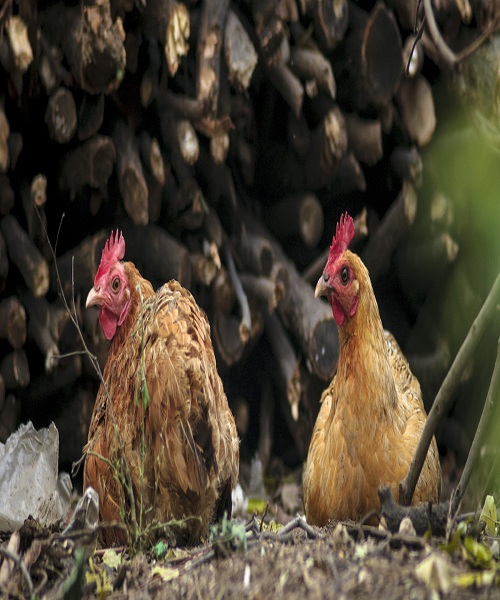
Do routine checks for disease, parasites, and injuries to ensure the health of your chickens
Having sick hens is a major contributor to a drop in egg output.
Laying hens in good health will be neat and tidy with bright eyes, a rosy comb and wattles, and boundless pep and enthusiasm.
When a hen gets sick, she won’t lay eggs until her body has recovered. In order to get your chickens back to laying eggs as soon as possible, keep a watch out for any signs of illness or injury and provide any treatment they may need.
Symptoms of sick hens:
- Hanging tail
- Faint comb and wattles
- Limping
- Loss of feathers, most noticeably in the area of the throat
- Venting discharge
- Scratching and grooming to an unhealthy degree (a sign of lice or mites)
- Isolating themselves
If you want to make sure that your flock is healthy, you should check on them at least once a month.
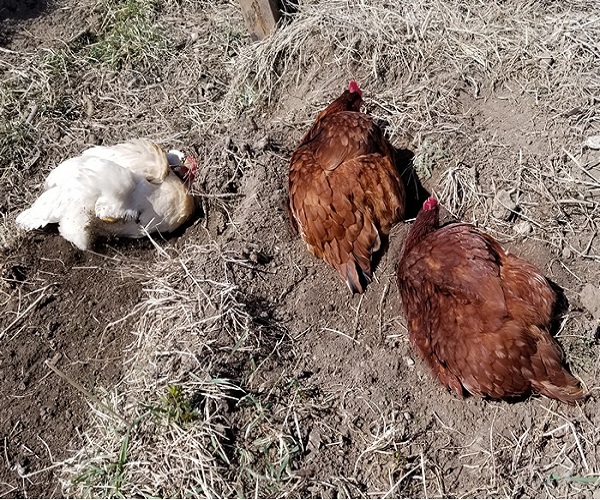
Improve the quality of their food sources
Dried mealworms are a great addition to your hen’s diet to boost her health.
Hens require a certain diet to consistently lay eggs of the highest quality.
Check the diet of your chickens if you find that they aren’t laying as many eggs as you’d like.
If your hens aren’t consistently laying gorgeous eggs, it may be time to invest in some high-quality egg layer feed.
Also, to make sure they get a balanced diet, we suggest adding healthy snacks, garden “weeds,” kitchen scraps, and supplements to their regular feed.
Get yourself a bag and scatter a few handfuls of dried mealworms on the ground to supplement your flock’s nutrition. You won’t have to worry about them lasting long in your chicken’s stomach.

Decrease Stress
The ability to produce eggs is significantly impacted by stress. An anxious hen won’t lay eggs. Reducing stress in your hens’ life will have a significant impact on egg quantity and quality.
Sources of common chicken anxiety:
- Animals with bad intentions lurking nearby or inside the coop.
- The hens are being plagued by parasites such as mites and lice.
- There may be predatory cats or dogs in the area.
- Acquiring new chicks and integrating them into the flock.
- Alterations to the coop, such as relocation.
- Fighting chickens.
- The chicken coop has a fly problem.
With these pointers in mind, you and your flock should be able to make it through the seasonal dip in egg production unscathed.
